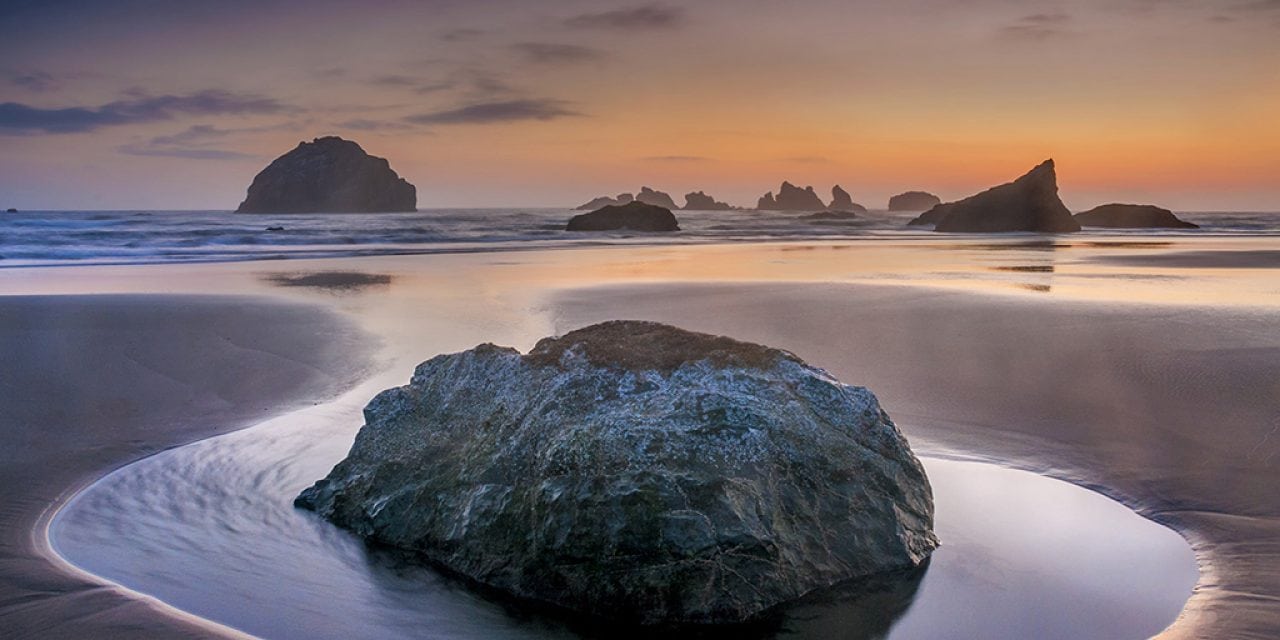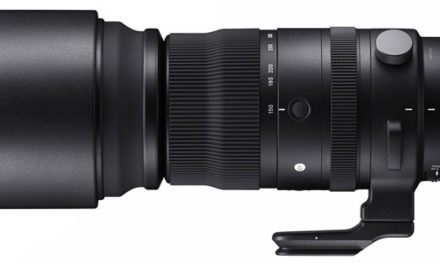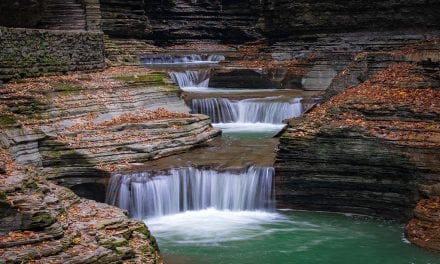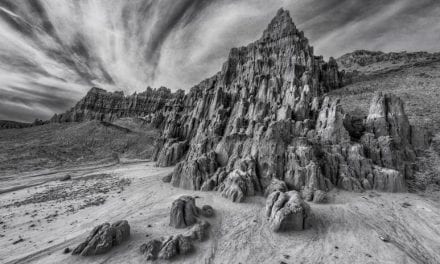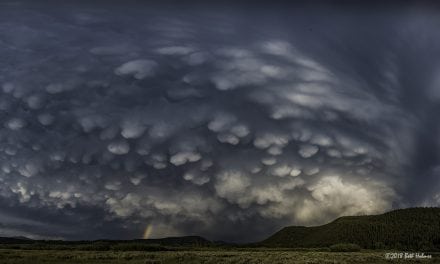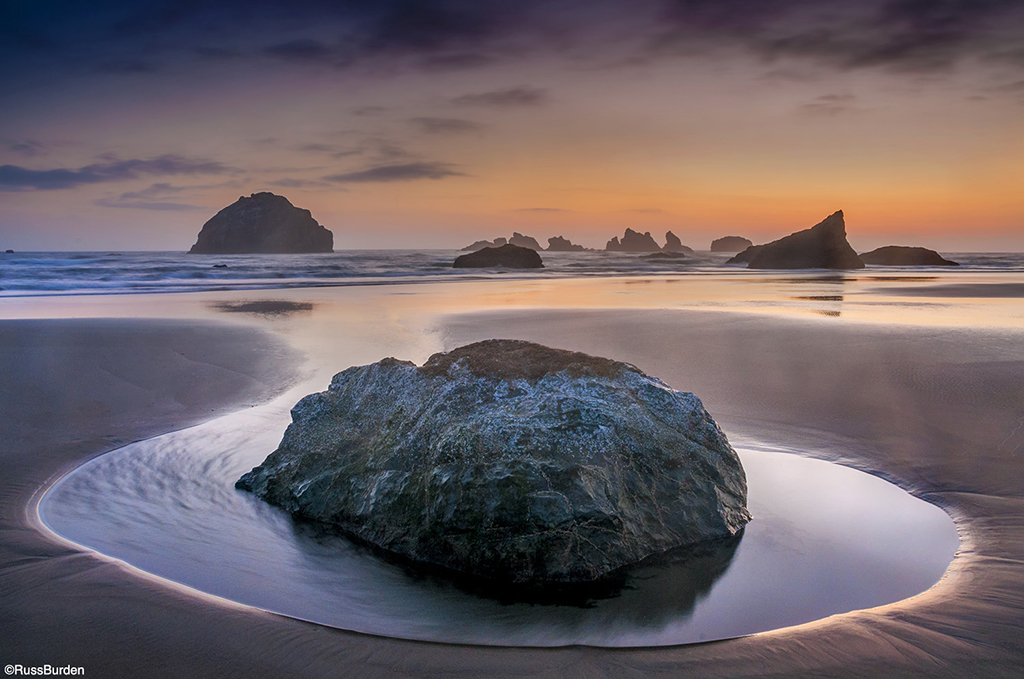
There are three primary reasons for incorporating good foregrounds into your landscapes. First and foremost, they provide a leading line that draws the viewer into the photo. Second, depending on how they’re lit, they add pop to the image. Third, they create a sense of depth. And, as a bonus, a well-executed foreground helps eliminate distractions that might otherwise prevent the viewer from entering the photo and continuing to course his or her eye through the rest of the image. Bring your landscape images to the next level by including strategically placed and well-chosen foregrounds. It challenges you to look harder and carefully scrutinize the overall scene. This acts as a plus. As you scan the area for a foreground, you may find yourself being more conscientious about how you compose the rest of the image—it’s a win/win. Use the following strategies to bring your landscape images up a notch.
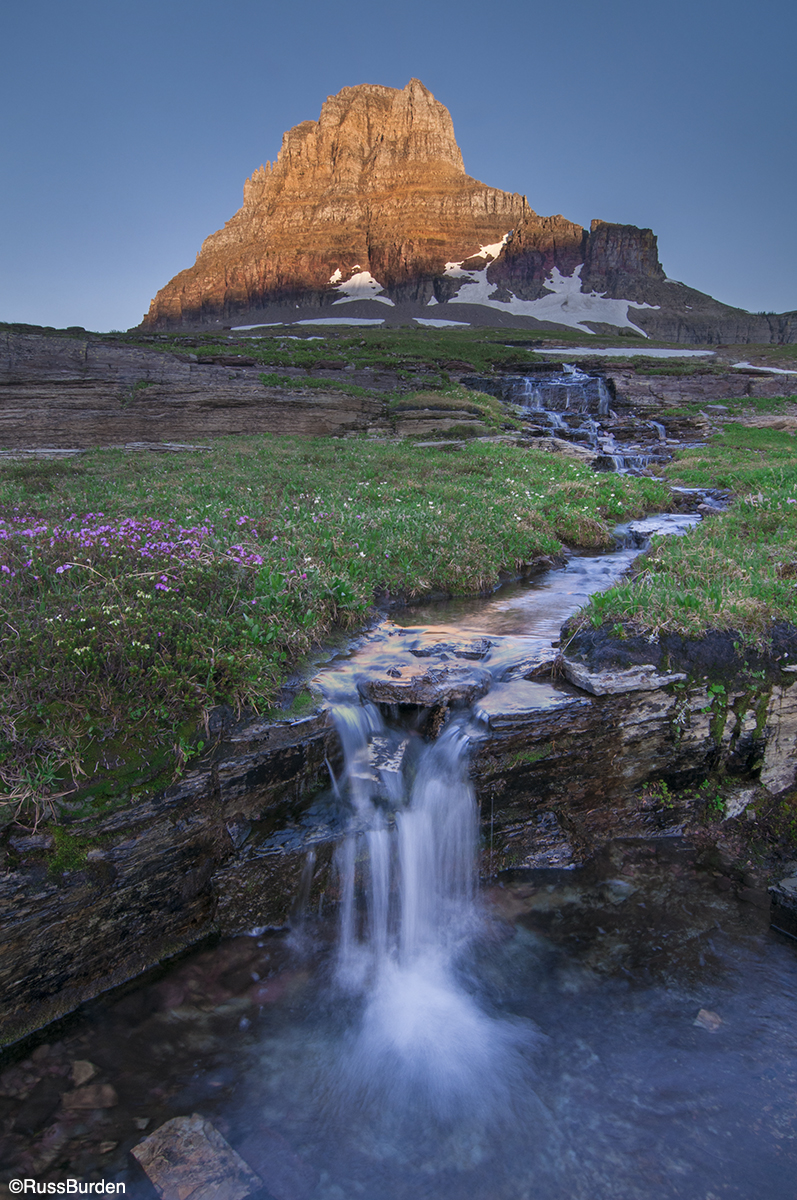
Provide a Leading Line: The purpose of a leading line is to provide a path for the viewer’s eye to scan the entire image in a smooth way. The line should begin close to the edge of either side or the bottom of the frame. Its placement and intention should be obvious to the viewer. The viewer’s eye should be lead on a journey to another key layer within the composition. Curved lines are sexy and tend to be smooth. Zigzag lines also work and are a bit more abrupt. Flowing diagonals infers movement. Regardless of the type of line, it should act as a key foreground element to draw the viewer into the photo. As with any successful foreground, don’t include overly bright parts that become a distraction. Keep the edges dark and if there are light elements in your foreground, create a transition of dark to bright so the brighter areas are within the borders of the image.
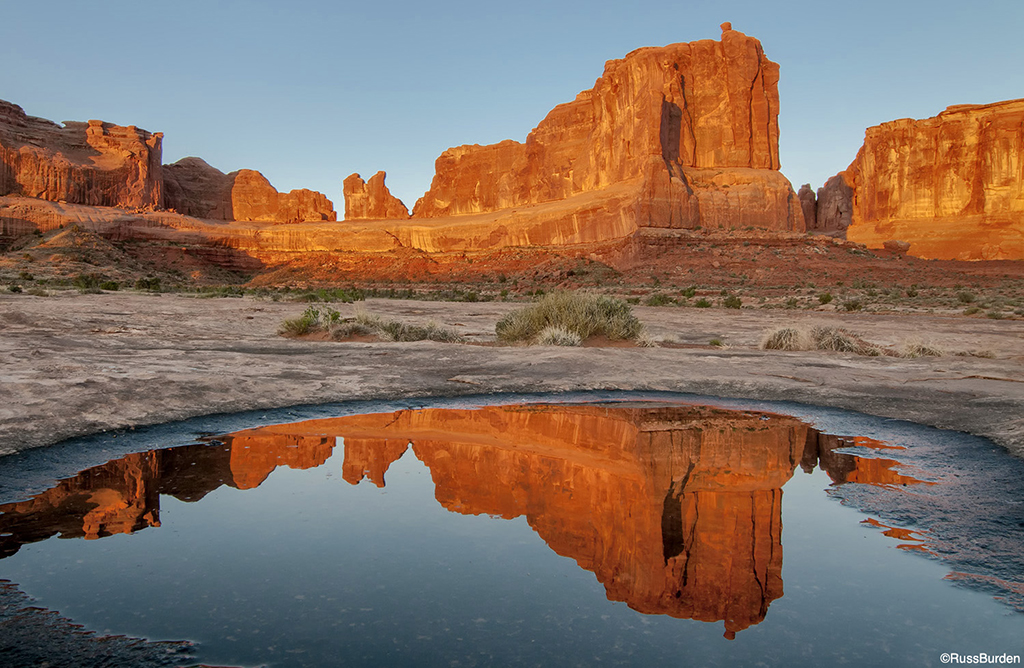
Add Pop to The Image: I have a number of key expressions that I share with all my photo tour participants, two of which are It’s All About The Light and The Background is Equally As Important as the Subject. To add pop to a foreground, use light to your advantage and be cognizant of how that light impacts the foreground/background subjects you include. I love to incorporate reflections into my landscapes, and I’m critical of how they harmonize with the rest of the elements in the composition. In the photo I made in Arches National Park at sunrise, note that the light is only falling on the background formations. The entire middle ground is still in shadow. Because I got super low to include the reflection of the sunlit background formations, the foreground pops because it’s reflecting just the lit portion. The fact it’s surrounded by areas in shadow allows the reflected part to jump out of the photo. As you progress through your photography, learn to read the nuances of light. If the entire scene was lit, the foreground reflection wouldn’t have as much snap!
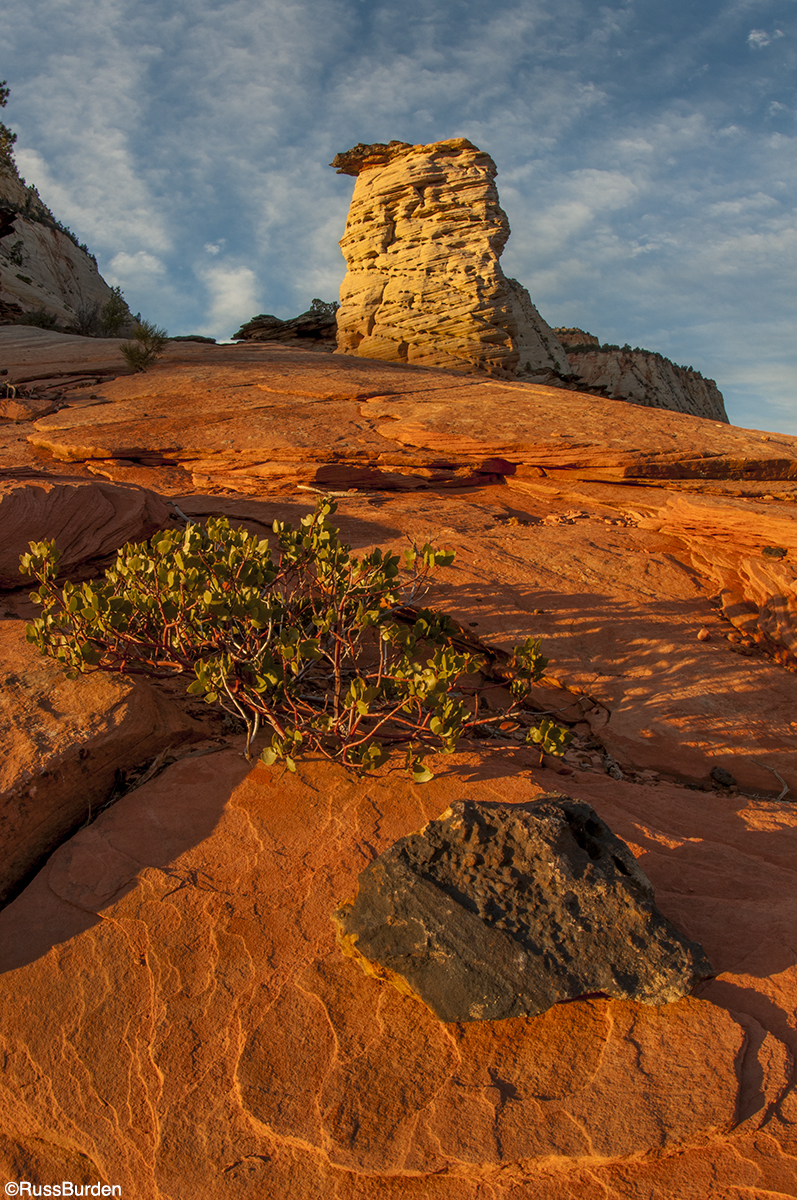
Create A Sense Of Depth: The wider the lens that can be used to create the composition, the easier it is to create the illusion of depth. Wides and super wides are highly recommended to utilize this technique. With very wide-angle lenses, when the photographer gets close to a foreground element, it exaggerates the size of that item and it appears quite large in the frame. I strongly encourage you to attach your widest lens to your camera and move very close to any object. Orient the camera in a vertical format and tilt it so its close to a 45-degree angle. Place the foreground item at the very bottom of the frame. Whatever it is that’s in the foreground will loom large and everything that continues out from there will appear exaggeratedly smaller. Have a look at the sunset image I made in Zion National Park. The foreground rock and manzanita bush when measured are considerably larger than the primary hoodoo in the background in the photo. In reality, it can’t be farther from the truth. So break out your wides and include foreground items you once thought would be too small to include in your compositions. Get close to them and a whole new world of landscape photography will open its doors.
Visit www.russburdenphotography.com for information about his nature photography tours and safari to Tanzania.
The post Fundamental Foreground Factors appeared first on Outdoor Photographer.

